I just can’t seem to sit still these days. Having completed my Russian adventure a few weeks ago, I’ve been getting some well-deserved rest and catching up with my friends and family. But since I’m going to be here for a few more weeks (and I can only stand being at home with my parents for so long 😉), I couldn’t resist the opportunity to take a cheeky side-trip around Asia and visit a few other cities.
As always, let me walk you through the motivations of this trip and the thought process behind the transportation and lodging arrangements.
The Trip
I had planned a decent chunk of this summer as “family time” here in China, and that meant visiting Jessica’s family in various parts of the country as well. Last year, I had visited her hometown of Anshan on my round-the-world trip, so this year we decided to head south to Suzhou, a city of 4.3 million people in Jiangsu Province, where she has family as well.
I’m excited to visit Suzhou for the first time, since I’ve heard many great things about the city’s beautiful lakes, canals, gardens, and sites of historical interest. An important commercial centre and a major player in the Greater Shanghai agglomeration area, Suzhou is one of China’s top tourist attractions and is often termed the “Venice of the East” (speaking of which, how silly is it that every city with some stretch of slow-moving water becomes known as “Venice of the something”?)
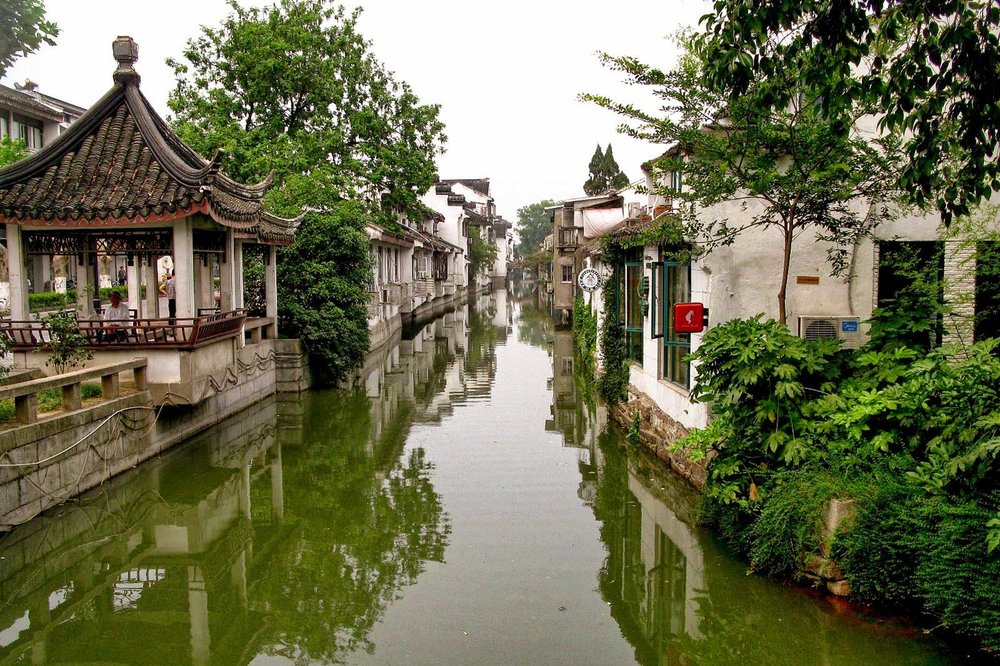
Suzhou, China
I’m always amazed by the sheer breadth of tourist attractions in China – you’ll really find anything you’re looking for in this country, from beaches to megacities, from mountains to deserts, and from millennia of history to the forefront of technological innovation – and so I’m grateful for every opportunity to explore another corner of it.
To get from Beijing to Suzhou, I’m taking the bullet train, which has proliferated throughout the country as the dominant means of domestic travel. It’s not hard to see why – quite incredibly, you can get from Beijing to Suzhou (or Shanghai) in just over five hours, which is comparable to flying once you take into account the additional burdens of air travel.
I booked my high-speed rail tickets through Trip.com, which seems to be the international version of Ctrip, the most popular travel booking engine within China (I can’t imagine how much of a fortune they paid for that domain name). They accept foreign credit cards, and you can either pick up your tickets at any train station or get them delivered to a Chinese address for a nominal fee.
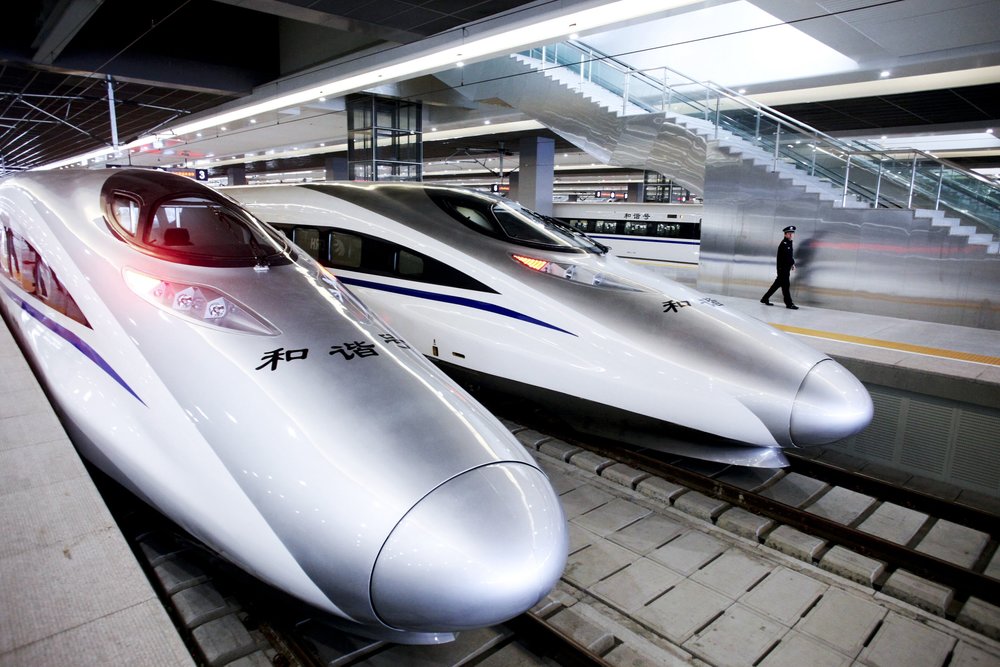
High-speed trains in China
The original plan was to head back to Beijing after a few days in Suzhou, but in a fit of spontaneity – one that I’m sure my fellow travellers are well-acquainted with – I decided to peek at the map and see what kind of side-trips I might be able to squeeze in.
South Korea would’ve been the closest choice, but we had already scheduled a long layover in Seoul on our way back to Toronto at the end of the trip. My eyes thus wandered further afield to Tokyo, Japan, and since I knew that short-haul flights on Japan Airlines could be booked cheaply using Avios, I decided to look into spending a few days there.
I’ve been to Tokyo a few times, but the last time was in 2013, which is far too long to go without indulging in a sushi breakfast at Tsukiji Market or a late-night yakitori in Shinjuku. Plus, Jessica hasn’t been to Japan yet, so I was eager to show her around the places I remember, visit some new spots together, and maybe, just maybe, get her to move past California rolls and try something authentic 😉
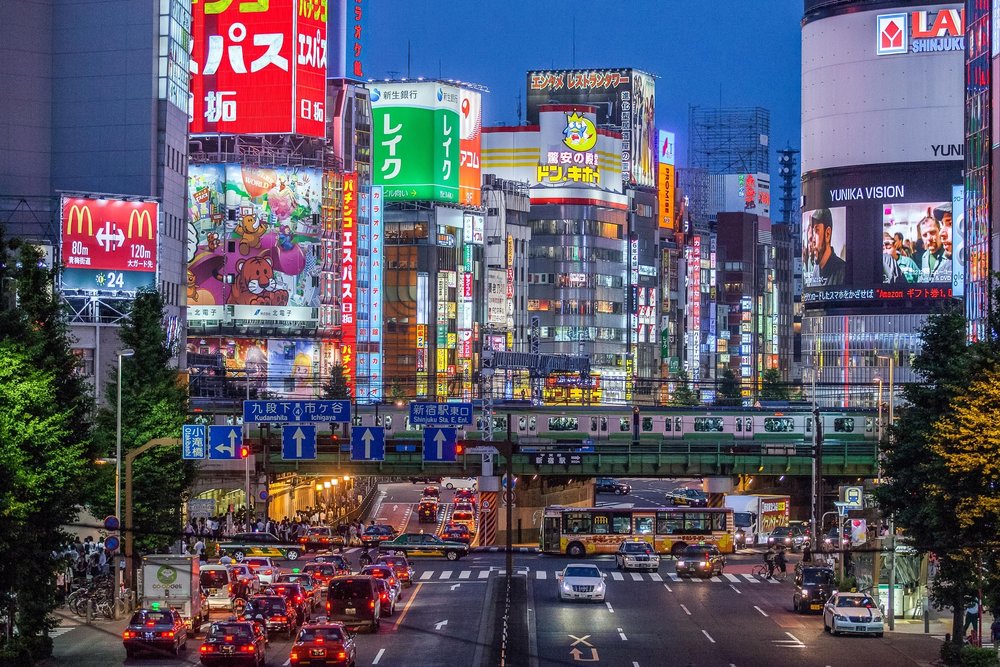
Tokyo, Japan
On the whole, five days in Tokyo should be just about enough, although I definitely still need to hit up the Kansai region (Osaka, Kyoto, Kobe, etc.) at some point in the future. If anyone can comment as to the feasibility of doing a “side-trip within a side-trip” from Tokyo, please do let me know, but I suspect it’ll be a little tight this time around.
We’ll be flying back to Beijing from Tokyo in order to celebrate my mom’s birthday, before embarking on Asiana First Class en route back to Toronto, as I wrote about previously. I suppose the 23-hour layover in Seoul also figures among these East Asian adventures, and it’s another place where I look forward to returning after a long absence, having only visited the South Korean capital once as a young boy.
The Flights
Given the number of major population centres within its immediate vicinity, the city of Suzhou doesn’t actually have a its own dedicated airport. Instead, it’s served by the airports of Wuxi (WUX), Shanghai Hongqiao (SHA), and Shanghai Pudong (PVG), the last of which acts as the major international gateway for the entire Yangtze River Delta metropolitan region. It’s no surprise that Shanghai Pudong is the only feasible place from which to fly Japan Airlines to Tokyo, so that’s exactly what we’ll be doing.
The distance between Shanghai and Tokyo falls just within the second “zone” on the British Airways Avios award chart, meaning that a business class flight costs 15,000 Avios. To be honest, I would’ve been content with economy class on such a short flight, but there was only business class space available, so I took it.
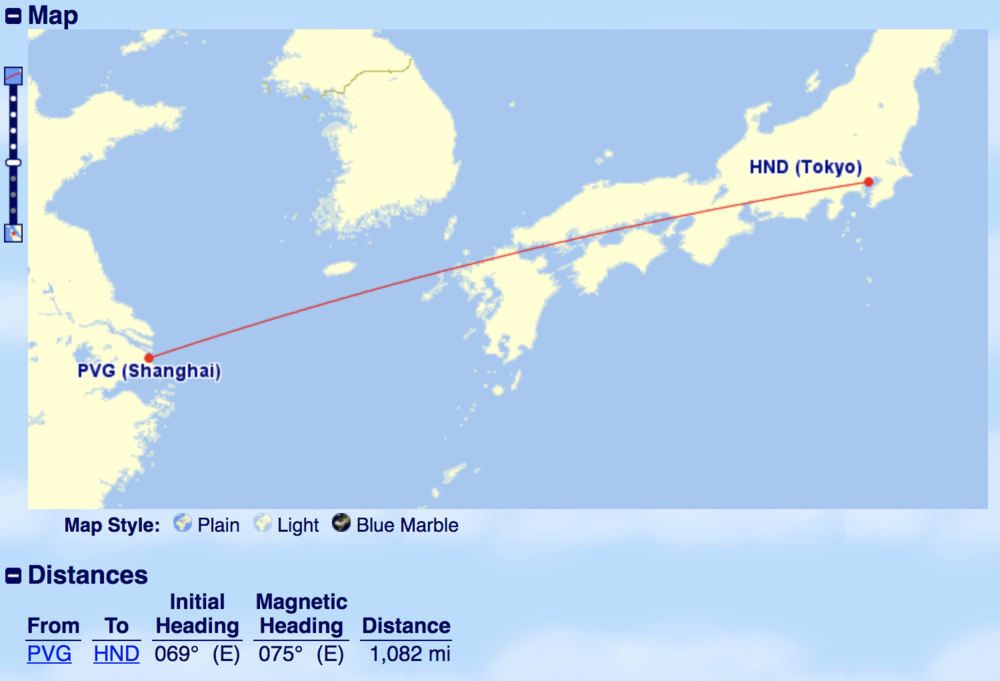
Frustratingly, the distance between Tokyo and Beijing clocks in at just over that 1,150-mile threshold, meaning that a business class flight costs 20,000 Avios on this sector. That’s still a pretty great deal for a four-hour flight in JAL’s award-winning business class cabin, and once again there was no space in economy class, so I had no qualms about booking it. After all, when American Express Membership Rewards was offering a 25% transfer bonus to Avios last year, I had transferred a good chunk of points to keep around for a situation like this.
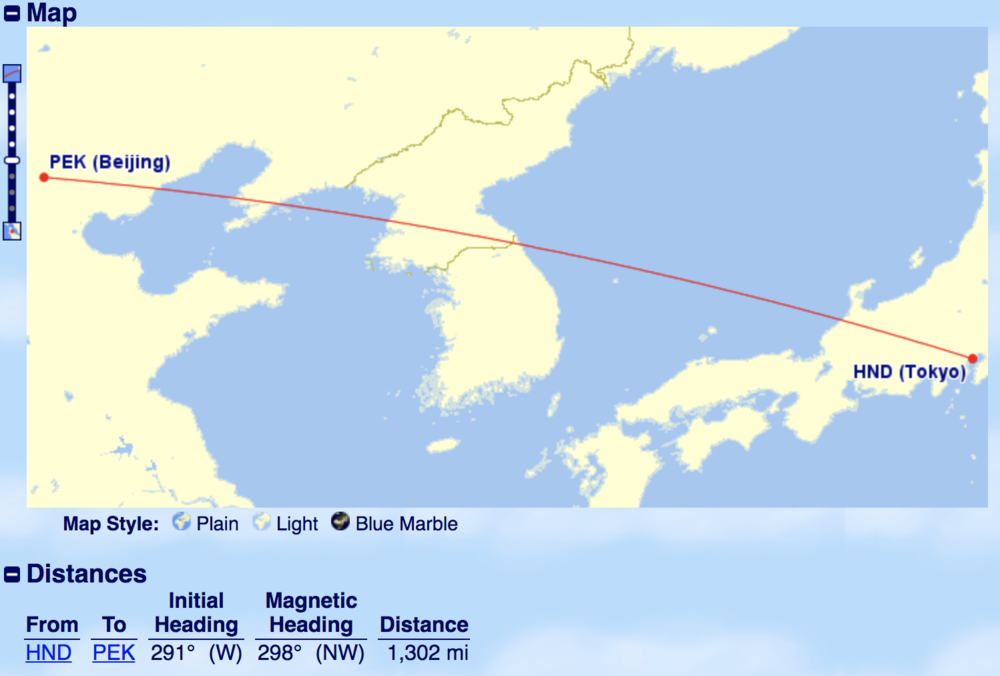
Overall, I spent 35,000 Avios per person on these flights, plus a reasonable amount in taxes and fees. As I’ve written about before, British Airways Avios really shines when it comes to short, direct flights like this – if I were to pay cash for this side-trip instead, I’d be paying at least $500 per person for an open-jaw itinerary (i.e., not returning to the same city as the origin), and I’d only be flying in economy class.
Japan Airlines is known for offering a wide variety of excellent business class seating configurations, and I’ll get to try out their two best products on these flights. In particular, the flight from Shanghai is fitted with Sky Suite III seats, which are in a reverse herringbone configuration, while the flight to Beijing offers Apex Suites, which have ultra-private window seats.
Since I’ve already reviewed the Apex Suites on a previous JAL flight, I probably won’t be doing so again, but I’ll definitely write about the Sky Suite III so that you get a full picture of the JAL business class experience.
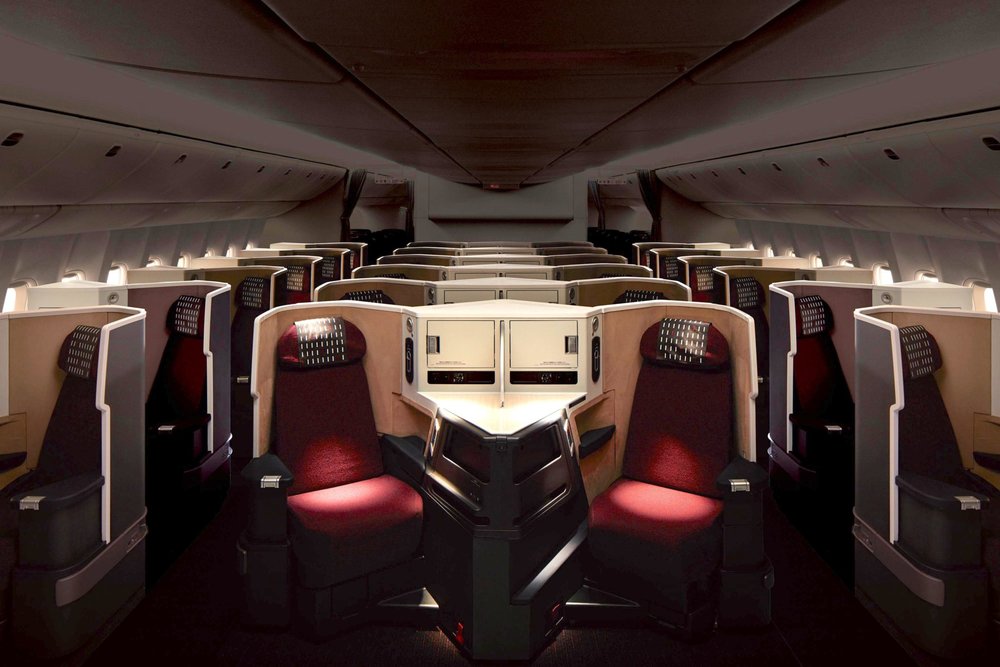
Japan Airlines Sky Suite III
Taken together with my return flight back to Toronto, then, my travels over the next month or so are shaping up like this:
-
Beijing to Suzhou via high-speed train, departing 12:50pm and arriving 6:05pm
-
Shanghai Pudong to Tokyo Haneda on Japan Airlines, departing 4:05pm and arriving 8pm, business class
-
Tokyo Haneda to Beijing on Japan Airlines, departing 9:30am and arriving 12:30pm, business class
-
Beijing to Seoul Gimpo on Air China, departing 6:45pm and arriving 9:50pm, business class
-
Seoul Incheon to Los Angeles on Asiana Airlines, departing 8:40pm and arriving 4pm, First Class
-
Los Angeles to Montreal on Air Canada, departing 10:50pm and arriving 7:08am the next day, business class
-
Montreal to Toronto on Air Canada, departing 9am and arriving 10:22am, economy class
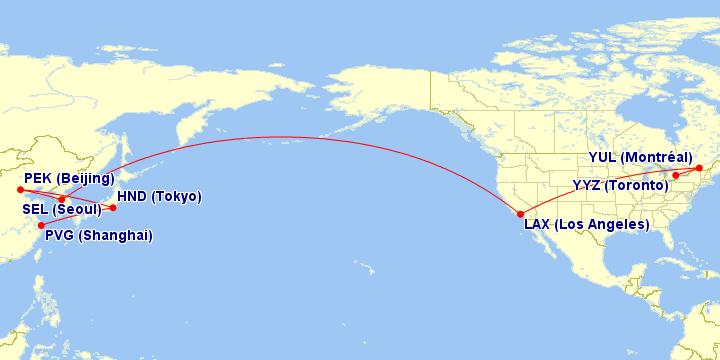
The Hotels
For this side-trip, I needed to book the following:
-
4 nights in Suzhou
-
5 nights in Tokyo
As always, my attention turned to the Starwood/Marriott properties, which is by far the best program for Canadians to earn and redeem hotel points. And to be honest, after 12 days in the austere surroundings of the Trans-Siberian Railway, my cravings for luxury were once again starting to creep in.
China tends to be a relatively cheap market for chain hotels, especially for points bookings. Indeed, Suzhou is littered with affordable Starwood and Marriott hotels, but the one that caught my eye the most was the W Suzhou.
Having completed my maiden stay at a St. Regis earlier this summer, the W is probably the last luxury brand within the portfolio that I’ve yet to stay at, so I couldn’t resist the opportunity to snag a room at the W Suzhou for 10,000 Starpoints a night – a bargain compared to most Ws worldwide.
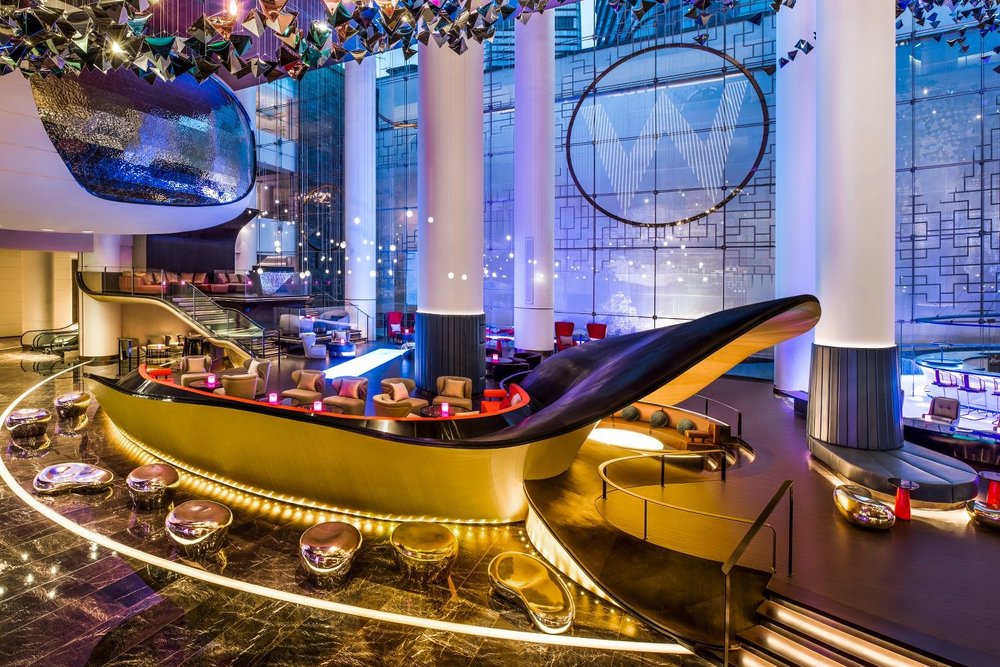
W Suzhou
I’m curious to see how I like the W as a brand, since I suspect that the bright colours and outlandish decor might not be exactly my style, but also that it’ll be a memorable stay for those reasons as well.
Because of the Fifth Night Free benefit, I booked five nights at the hotel even though I’ll be vacating the premises on the fourth day. This effectively gives me guaranteed late checkout until whenever I want, and an extra night’s credit towards my elite status. It’s a useful trick to keep in mind.
Over in Tokyo, I was initially hoping that the new Marriott loyalty program would launch in time for my visit so that I could take advantage of the luxury hotel sweet spots, but alas, we discovered that the program won’t be launching until August 18, which is after I depart.
I therefore couldn’t justify the additional cost of a property like the Ritz-Carlton, and instead opted for the Prince Sakura Tower, which is part of Marriott’s Autograph Collection. Located adjacent to Shinagawa station, it’s a mere 17-minute train ride from Haneda Airport and, by all accounts, seems to be ideally positioned for exploring the city.
Ordinarily, a free night here costs 40,000 Marriott Rewards points, but I instead opted to attach a 7-night certificate from a Marriott Travel Package, which is still a bargain even though I’ll only be staying for five nights. The Category 8 Travel Package had originally cost me 360,000 Marriott Rewards points, but I got 120,000 airline miles out of it as well, which demonstrates why it’s such a lucrative deal (and why you should take advantage of it before it’s gone!)
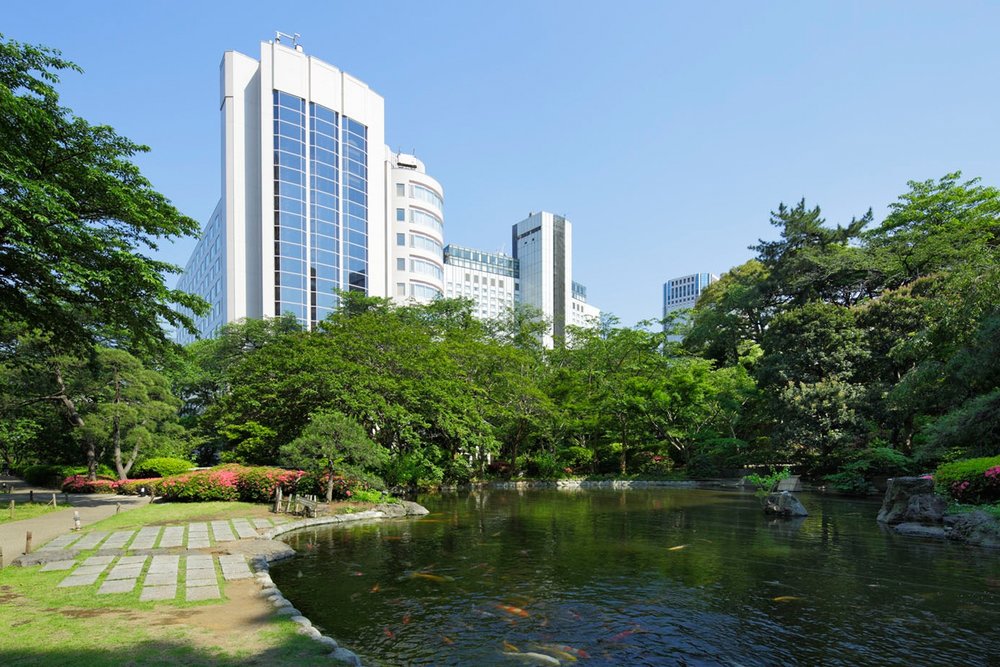
The Prince Sakura Tower Tokyo
My total out-of-pocket costs for this mini-episode of travel came to the below, per person:
-
High-speed rail from Beijing to Suzhou: $108
-
Avios taxes and fees, PVG–HND–PEK: $101
-
Total: $209
Conclusion
For dedicated travellers, the temptation of a side-trip can often be hard to resist when you’re on the road and a block of spare time opens up on your calendar. That temptation is even more pronounced in a place like Asia, where so many captivating destinations lie within arm’s reach, and versatile points programs such as British Airways Avios can easily help you hop from place to place. I’m excited to continue my summer travels by spending some quality time in places both old and new, and to round it all off with another First Class adventure in a few weeks’ time.
















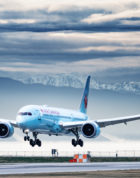

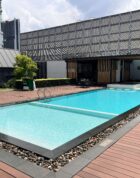

Hi, Ricky, I am a new subscriber to your informative blog and read this post. I just wish to warn you that here in Tokyo we have been experiencing heat wave of unprecedented level since early July. You may think heat wave is now everywhere but unlike in North America and Europe, here it is accompanied with extreme humidity. While there are ways to enjoy the stay in Tokyo (Prince Sakura is really nice) under any weather conditions, I suggest that you consider a day trip to Hakone, a highland resort just 90 min. train ride from Shinagawa. In addition to beautiful natural scenery of Mt. Fuji and Lake Ashi, hot springs and volcano, etc. you will enjoy a break from the sweltering heat of Tokyo.
Hey Kiyoshi,
Oh believe me, I’ve been living this very same heat wave in Beijing these past few weeks! You aren’t the first one to recommend a day trip to Hakone, and while it wasn’t on my radar before, it definitely is now. This trip might be a little tight, given that it’s Jessica’s first time in Tokyo and she’s a sucker for visiting all the tiny shops in Harajuku, but I’ll certainly be eager to go to Hakone when I’m in Tokyo in the future.
Cheers
Ricky
Oh, my god! I never imagine you can spare such a lot of time to travel all round the world through the whole year. Ricky, I feel if you are not traveling, you must be booking something, and vice versa.
Don’t forget the times when I’m booking stuff while travelling! 🙂 To be honest, while I’ve always been an avid traveller and I’ve really enjoyed being on the road this summer, I do look forward to getting back home in Toronto at the end of the month and just chilling out for a bit.
Great post Ricky!
Actually I am booking something similar for March: YYZ-NRT-SIN-[open jaw]-PEK-YYZ.
For the open jaw I plan to use Avios for CX and do a stopover in HKG.
The problem with Avios is that it seems very hard to get good CPM out of them, especially with the plethora of discount airlines in SE Asia. Eg. you can get SIN-HKG with scoot air for around $89 and HKG-PEK often has fares as low as $150, giving a CPM of 1.5 cents
I have a stash of Avios as well that I was looking to use for this trip but looking at the redemption side of things I’m a little uncertain. what do you think?
Yeah, you aren’t going to get 10+ cpp out of Avios, but you can still redeem them for some pretty cool experiences. For example, I think CX actually flies First Class on some intra-Asia routes so that be an option if you’re looking for killer CPM (plus you get the awesome lounges in Hong Kong as well).
Of course, if you’re comparing to $89 Scoot fares (and would be genuinely happy with flying that) then it’s hard to derive a good CPM of any sort. It then becomes a question of whether you think you’d have a better use of these Avios on some other occasion and/or how quickly you think you could earn the Avios again if you were to spend it now.